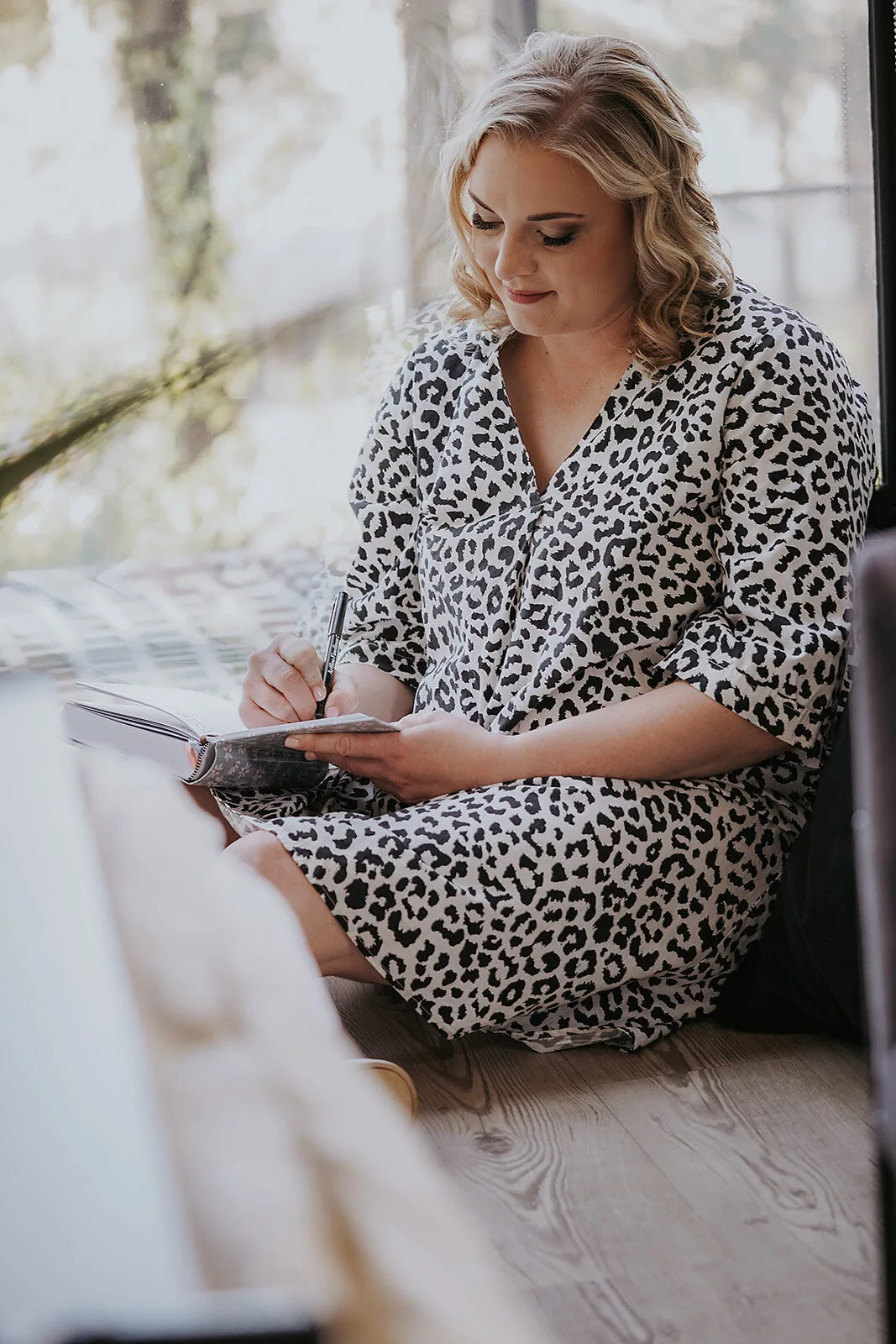You’ll want to use washi tape strategically as functional borders that separate sections and direct your eye through layouts. Create visual hierarchy by placing tape under headings or around important information blocks. Use vertical strips to divide daily trackers, and add coloured tape tabs to mark monthly sections for easy guidance. Write directly on tape strips with acrylic pens for clear subheadings, or mask ink bleeds and errors for cleaner spreads. There’s much more you can accomplish with these simple techniques.
Using Washi Tape in Journal Layouts
Washi tape transforms ordinary journal pages into visually striking layouts that serve a purpose beyond decoration. You’re creating functional design systems that organise information and guide your eye exactly where it needs to go.
Transform your journal into a functional design system where every tape placement serves a purpose and guides your eye with intention.
Start with visual borders using straight lines or patterns to separate different sections on your page. This prevents that chaotic “everything blends together” look that plagues many journals.
Write directly on tape strips to enhance subheadings, making them pop off the page instead of disappearing into the background. Add vertical separators for daily trackers or weekly spreads. These create clear divisions that help you process information faster.
Navigation becomes effortless when you mark indexes with coloured tape tabs at relevant page edges. Design divider tabs by folding tape to create non-bulky section markers.
Create bookmarks using paperclips wrapped in tape for temporary page flags. Label special pages with corner bookmarks cut from decorated envelopes. These simple additions convert page-flipping from frustrating searches into quick, targeted access.
Tracker customisation gets a major upgrade when you outline habit and mood trackers with tape borders to define clear grids. Mask those inevitable mistakes on trackers by covering errors with matching tape colours – suddenly your slip-ups become intentional design elements.
Create removable layouts by attaching trackers via tape, allowing future updates without starting over completely. Add calendar lines to weekly spreads using contrasting tape colours. Label tracker categories with small strips above columns and rows.
Shadow effects add professional depth to amateur layouts. Place tape underneath handwritten or drawn elements for subtle dimension.
Design drop shadows by layering darker tape behind lighter text. Highlight time blocks in schedules with striped tape borders, making your daily structure immediately visible.
Accent checklists with tape highlights next to completed tasks – because crossing things off deserves proper celebration.
Colour correction saves layouts from common mistakes. Cover ink bleeds with matching tape, fix layout alignment by adding borders that shift visual balance, and mask torn pages with decorative patches for polished results. For correction work, write directly on the tape surface using an acrylic pen for clear, visible text that won’t smear or fade.
Redact private entries by cutting tape strips into secure flaps. Refresh old layouts by layering new designs over outdated ones.
Organisation reaches new levels with folded tabs for monthly sections that won’t add bulk to your journal. Label common categories like “Work” and “Personal” with colour-coded tabs.
Design icon tabs using patterned tapes. Mark completion points in long-term projects with progress indicators. Use parchment paper underneath tape designs to create crisp transfer patterns when layering multiple decorative elements.
Thematic repeats tie everything together beautifully. Carry patterns throughout spreads using matching designs and colours.
Add decorative banners with tape cutouts, create photo borders for polaroid-style images, and design seasonal motifs using cut tape shapes. Transform empty date boxes by applying washi tape to blank calendar spaces that would otherwise look awkward or incomplete. Build cohesive spreads by using tape from one central design across multiple pages. This creates visual harmony that makes your journal feel intentionally crafted rather than randomly assembled. Try the zigzag approach with washi tape across headers to create unique geometric patterns that break away from traditional straight-line designs.
Frequently Asked Questions
Where Can I Buy High-Quality Washi Tape for Journaling?
You can buy high-quality washi tape from NotebookTherapy’s Tsuki collections, The Washi Tape Shop’s themed sets, Journalsay’s affordable options, MIKOKA’s vintage travel series, and The Journal Shop’s diverse patterns.
How Do I Remove Washi Tape Without Damaging My Journal Pages?
Peel washi tape at a 45° angle whilst securing your paper. Use gentle, steady pressure and work slowly from one end. Touch tape to fabric first to reduce stickiness, making removal easier without tearing pages.
What’s the Difference Between Washi Tape and Regular Decorative Tape?
Washi tape’s made from rice paper with weak adhesive, making it repositionable and residue-free. Regular decorative tape uses plastic materials with stronger adhesive that can damage surfaces when you remove it.
How Long Does Washi Tape Adhesive Last in Journals?
Once you’ve applied washi tape to journal pages, it’ll typically last for years without degrading. The adhesive becomes stable after application, and your journal’s indoor environment won’t greatly affect its longevity.
Can I Write on Washi Tape With Different Pen Types?
You can write on washi tape with oil-based markers like Pilot Twin or Sharpie for best results. Avoid gel pens and erasable inks—they’ll smudge easily and create messy, illegible text.





